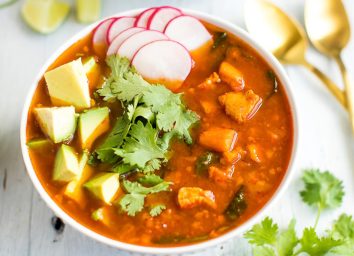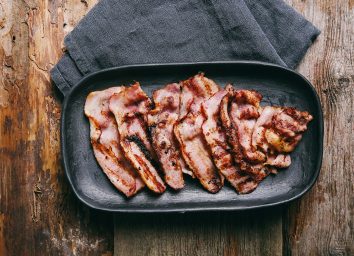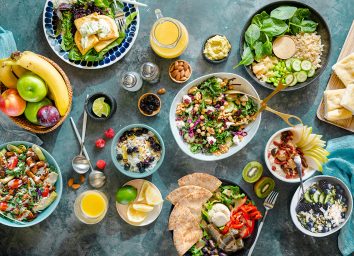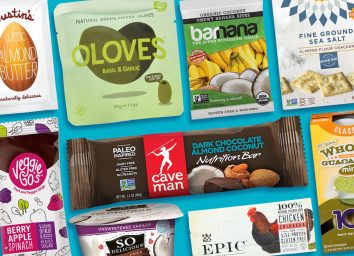The Ultimate Guide to Exactly What Foods You Can and Can’t Eat on Whole30
It’s hard to keep up with all the new diets making waves in the health world. Between the low-carb, high-fat ketogenic diet, plant food-based Mediterranean diet, and the animal-friendly vegan diet, sorting out the dos and don’ts can get confusing, to say the least. But gear up: the rules of the Whole30 diet—and what foods you can and can’t eat while committing to the program—are on another level.
Instead of leaving certain foods out of your diet, the program cuts out entire groups—some of which you would typically consider healthy—for 30 days. While weight-loss is certainly an outcome for many people, the main goal of the Whole30 diet is helping you figure out which foods could be negatively impacting your well-being, because each of the eliminated categories has been shown to adversely affect one’s overall health in some way. Because everything will have been out of your system for a month, it gives you a totally clean slate. Once you start adding foods back in, it makes it easier to identify any food intolerances or allergies that could be keeping you from feeling your best.
While people certainly see changes in their bodies after stripping full food groups, it’s also a great way to give yourself a reset, both physically and mentally. Ditching sugar could help you finally fight off your late-night snack cravings and develop a better relationship with food, and saying goodbye to dairy might help heal your gut and banish inflammation for good.
Whatever your reason is for sticking to Whole30’s strict food rules, in the end, there’s a good chance you’ll have benefited in more than one way. So what exactly can and can’t you eat during these 30 days? Allow us to help you navigate the approved Whole30 foods list.
What can’t you eat on the Whole30 diet?
Junk Food
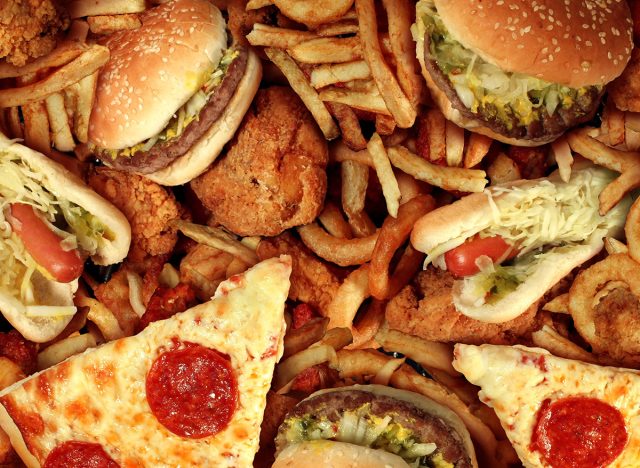
Beyond avoiding typical processed junk food—like chips and candy bars—Whole30 takes things a step further and prohibits you from even recreating your favorite snacks. The reason behind not being allowed to make ice cream out of frozen bananas, for example, is mental. In order to truly break junk food cravings and change your habits for the better, the program says you have to ditch it altogether—and that means ridding your life from healthier alternatives that resemble the same thing, too.
Added Sugar
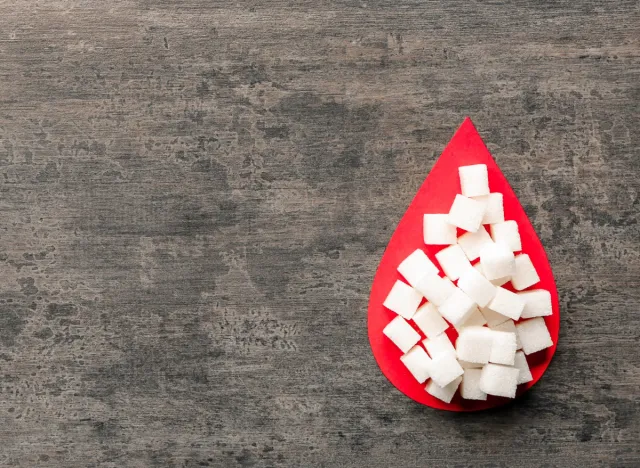
You won’t believe how often sugar sneaks its way into food—even the healthy ones!—until you’re on Whole30. It’s everywhere, and you can’t have any of it. That means no maple syrup, honey, agave, coconut sugar, date syrup, stevia, Splenda, or any other real or artificial options. Like junk food, ditching sugar is all about helping you stop unhealthy habits and cravings to improve your relationship with food, as well as preventing the problems that can come with overconsumption, like inflammation and digestive issues.
Dairy
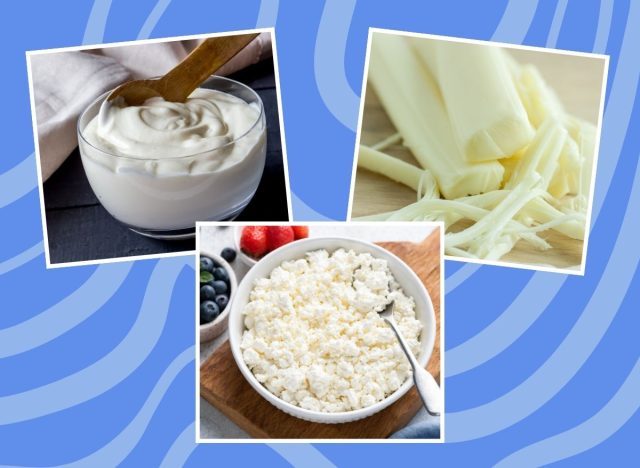
When you’re on Whole30, dairy isn’t allowed. That means no dairy milk of any kind, ice cream, cheese, butter, yogurt, sour cream, coffee creamer—you name it. It does allow the exception of ghee or clarified butter, though. Because milk is meant for baby animals, helping them grow strong at a rapid pace, it contains growth factors that can cause problems in humans, like inflammation, hormonal issues, problems with your skin, and worse. By cutting dairy, you’ll be able to see if any persisting issues clear up.
Alcohol
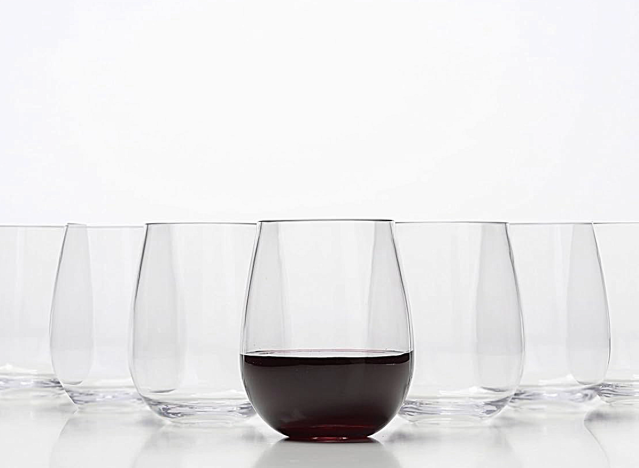
Sorry, but your nightly glass of wine has to go—at least for a while. On Whole30, you can’t consume any form of alcohol—even the kind you might usually cook with—because of the poor choices it causes you to make with food, as well as how it can negatively affect your gut and overall health. The one exception is kombucha—which contains a small amount of alcohol naturally due to the fermentation process. As long as it doesn’t contain any added sugar, like stevia, you’re good to go.
Grains
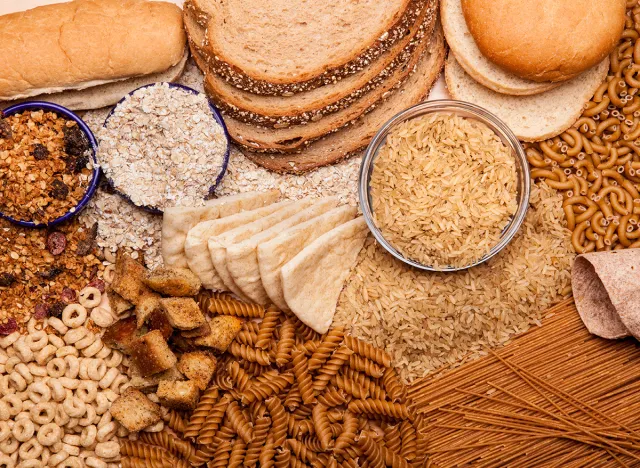
One of the hardest Whole30 rules to follow is the restriction of all grains. That includes wheat, oats, rice, corn, millet, barley, rye, and any other form. Even those that are gluten-free, like quinoa and buckwheat, are on the no-go list. Sure, these staples—especially whole grains—are healthy, but the cut from your diet is there for a reason. If you have an allergy or intolerance you’re not aware of, grains could cause issues with your digestion, so this is the best way to uncover if you do have any issue with grains.
Legumes
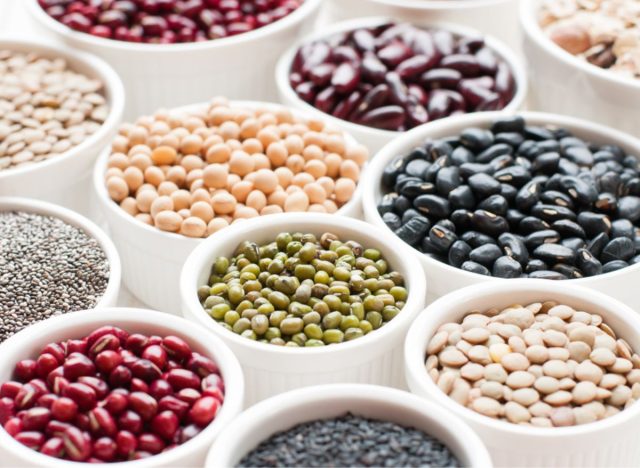
The list of legumes is long, and none of them are allowed on Whole30, because they can be hard to digest. That includes all kinds of beans, chickpeas, peas, lentils, soy (and soy products, like soy sauce, tofu, tempeh, and edamame), and peanuts. Yep, that even means peanut butter has to go. Also, be sure to read labels to make sure other forms of soy—particularly lecithin, a common food additive—aren’t on the ingredients list. As an exception, green beans, sugar snap peas, and snow peas are allowed, which are more of a “pod” than a “bean.”
Carrageenan, MSG, and Sulfites
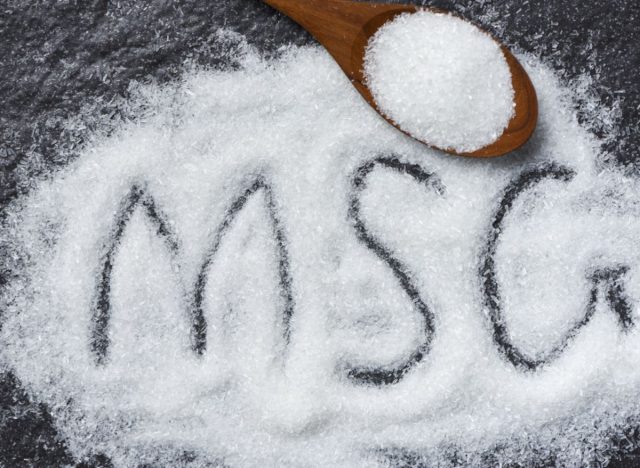
Three other banned ingredients that often go unnoticed on nutrition labels include carrageenan, MSG, and sulfites (that don’t occur naturally). Carrageenan, for instance, is found in almond milk as a thickener, and MSG is a commonly-used flavor enhancer that’s hidden as hydrolyzed protein, yeast extract, and glutamic acid, to call out a few of the many sneaky names you might not be as familiar with. It’s hard to rid them from your diet, but many additives have been shown to cause everything from inflammation to gastrointestinal problems.
What can you eat on the Whole30 diet?
Vegetables
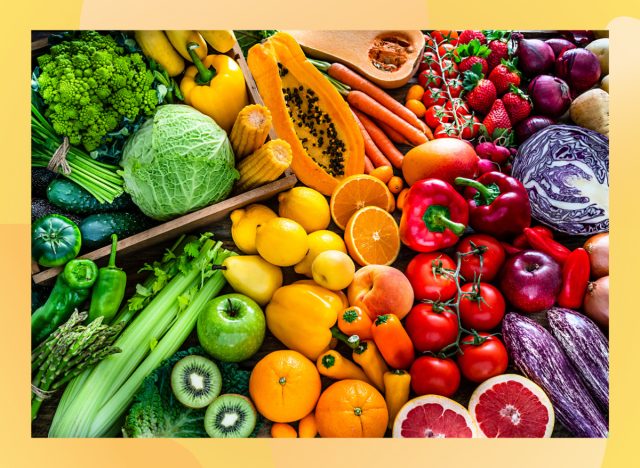
On Whole30, you can—and should!—go crazy on veggies to not only get the vitamins and nutrients you need, but also to help you stay full and satisfied between meals. You can have all of them except the aforementioned list of legumes. Make tasty stir-fries out of broccoli and mushrooms, enjoy baked potatoes (yep, they’re allowed!), create big salads filled with carrots and cucumbers, and bake up some cauliflower as a filling side. There’s no limit, and the options are endless.
Fruit
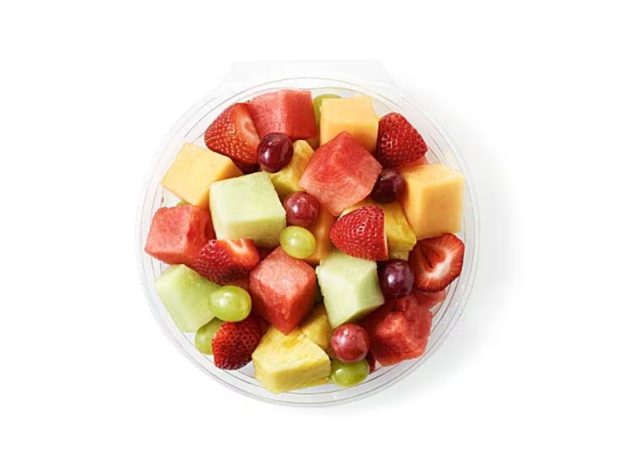
When it comes to fruit, you can eat whichever types you want: it’s all allowed. The key is making sure you’re not using it to satisfy your sugar cravings, which the program says will prohibit you from making positive changes in your habits. If you swap your candy bar for a banana, you’re still reinforcing those cravings. The program recommends starting with two servings a day eaten with meals—not by themselves—so enjoy some sliced strawberries in your salad, or a handful of grapes with your lunch.
Meat, Seafood, and Eggs
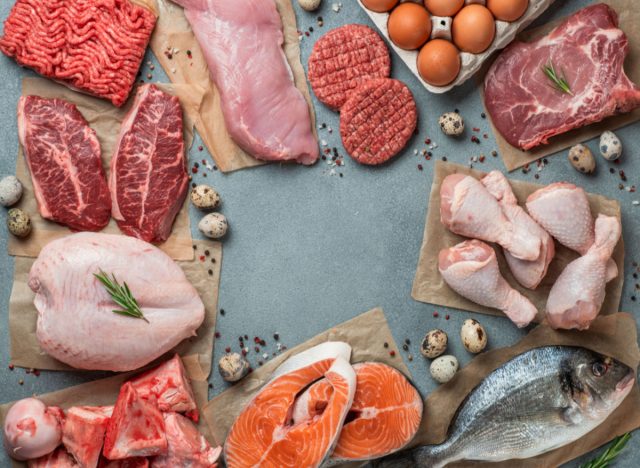
On Whole30, you can eat moderate portions of meat, seafood, and eggs. The diet suggests adding one palm-sized portion of animal protein to each meal (or three times a day). For vegans and vegetarians, the program recommends eating a wide variety of minimally-processed, plant-based protein sources (even if that means not following Whole30 exactly) like tempeh, natto, organic edamame, non-fermented organic soy (like extra firm tofu), and quinoa. The goal is to eat as little protein as possible and just stick to what your body actually needs, which usually isn’t as much as you think.
Nuts and Seeds
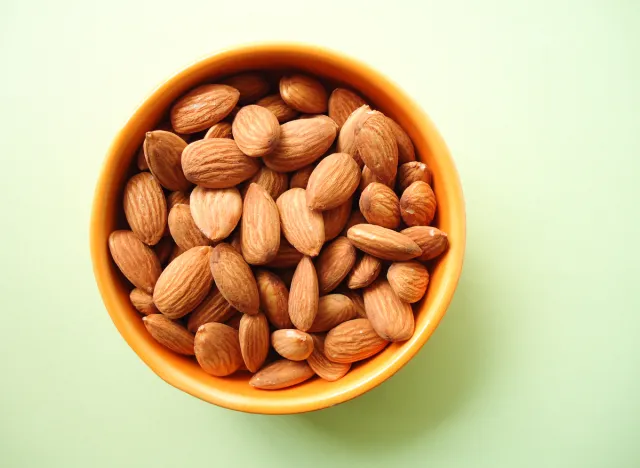
Nuts and seeds will be your best buds on Whole30. Stock up on almonds, cashews, pecans, pistachios, walnuts—basically anything you want, except for peanuts. Just make sure you’re eating them in moderation. You can use them to make your meals more drool-worthy, like sprinkling some nuts on your salads, or adding seeds into your smoothies for an extra boost of fiber and protein.
Cooking Oil and Fats
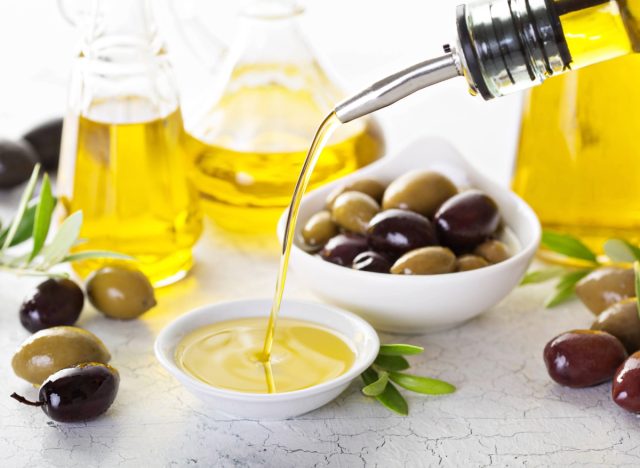
Healthy fats are highly praised on Whole30. You can use clarified butter, ghee, coconut oil, extra-virgin olive oil, and palm oil to make your meals taste better and ensure you feel satisfied after you’re done eating. Just make sure you do so moderately. The program says it’s totally fine to use a few tablespoons of cooking oil with every meal if you want.
Coffee

Everyone is always happy to learn that yes, coffee is allowed on the Whole30 diet. The only catch? Avoid coffee flavored with extracts, sweeteners, chemicals, or anything artificial. And sorry, but no cream and sugar are allowed. Even “Paleo” creamers made from approved ingredients should be avoided, as—per the junk food guidelines—the swap doesn’t help you in your quest to develop a healthy relationship with food. Now, it’s time to head to the supermarket to stock up on all the Whole30-approved groceries so you can really kickstart this diet.

